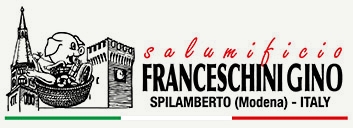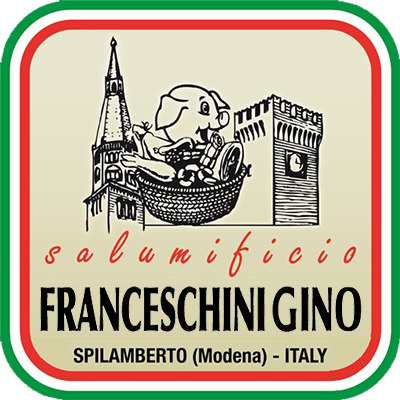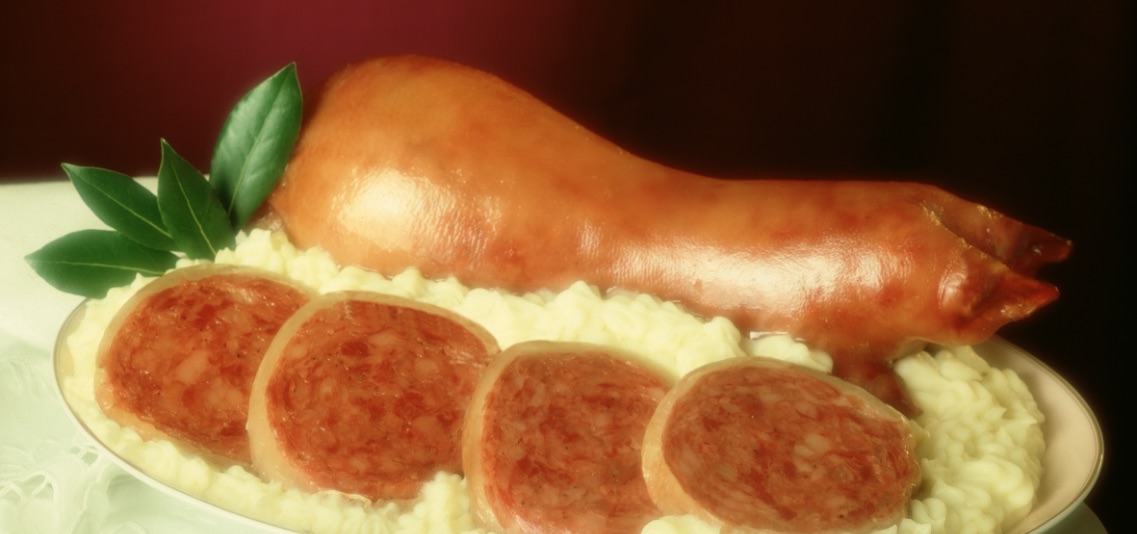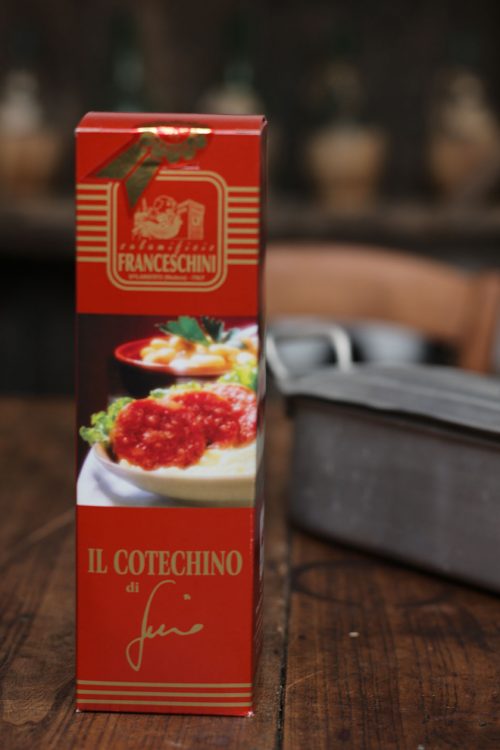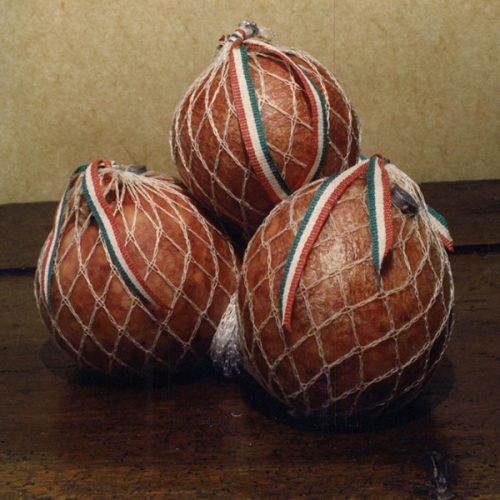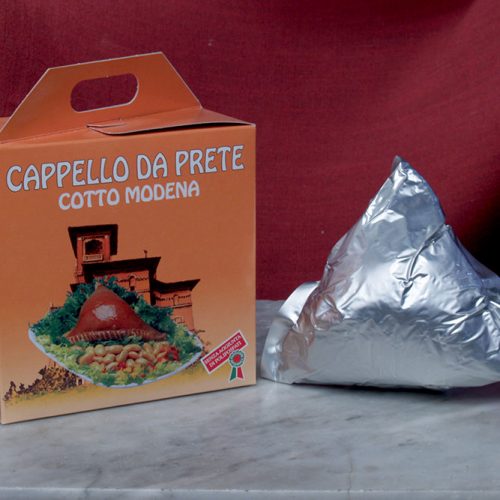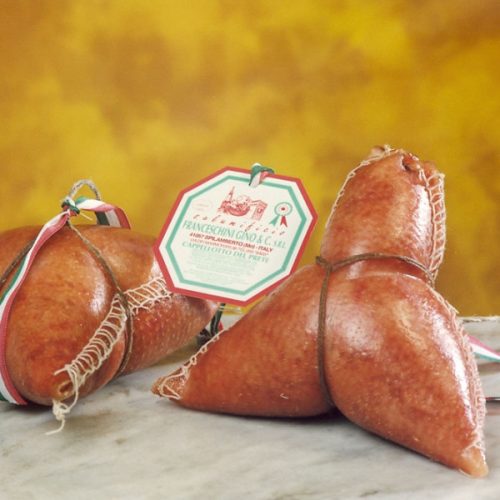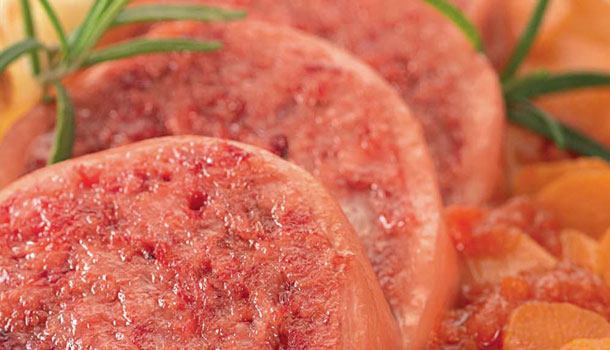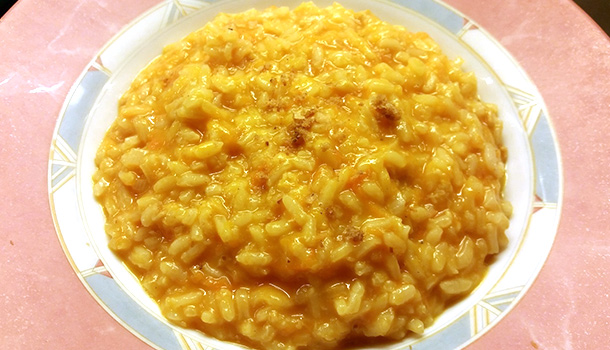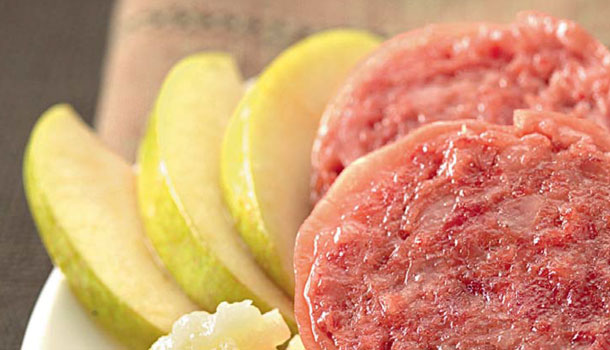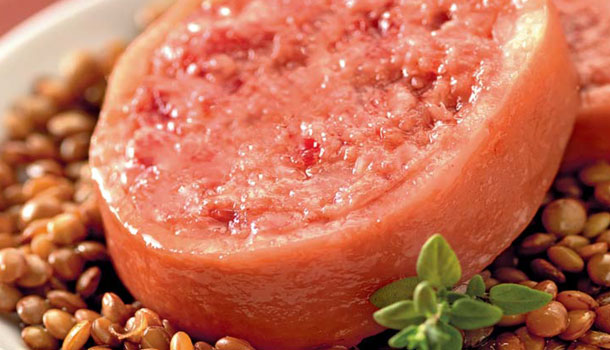ZAMPONE DI GINO
The history of the Zampone is smartly mixed with the legend.
As often happens when there is no certain information, the birth of the Zampone is concordantly traced back to 1511.
Then, the troups of Pope Julius II (original name Giuliano Delle Rovere), besieged Mirandola, near Modena: the home of Giovanni Pico della Mirandola, a faithful ally of France.
Towards the end of the seige the Mirandolese were exhausted by hunger and they only had their pigs.
It was a pity not to slaughter them: it meant handing them over to the enemy, now close to entering the city.
The idea did not come to Pico della Mirandola, but to one of his cooks: “Let’s slaughter the animals and then stuff the seasoned meat into a casing made from the skin of their feet, that way it won’t rot and we can preserve it and cook it later on”.
On 20 January 1511 the Mirandolese capitulated, and the first zampone was eaten, mostly by the papal troops.
While there are no doubts about the casing of the zampone, as its history, (the sack has always been made of the skin of the front leg of the pig), the recipe of the mixture has undergone several changes.
In 1841 Vincenzo Agnoletti, a Roman chef at the service of Marie Louise, the Grand Duchess of Parma, ruled that “The mixture must be half rind and half nerves and lean meat”.
The almost final systematisation of the zampone is owed to Tanara: in “La nuovissima cucina economica” the “Zampetti alla Modenese” (Modenese style pig’s trotters) appear for the first time.
The zampetti (small pig’s trotters) were destined to become zamponi (large pig’s trotters), with the increasing size of the pigs.
Today the zampone mixture is 60% freshly selected lean meat (shoulder, leg, neck and muscle), 20% of tender rind and 20% of the throat, cheek and belly, obviously, after having removed the hair and accurate cleaning.
The spices and flavourings that are added to the mixture are a secret and each producer has his own blend.
Here is what a Modenese almanac reads in 1866: “pulverised flavourings, Regina cinnamon, mace, allspice, nutmeg and crushed hot pepper”.
